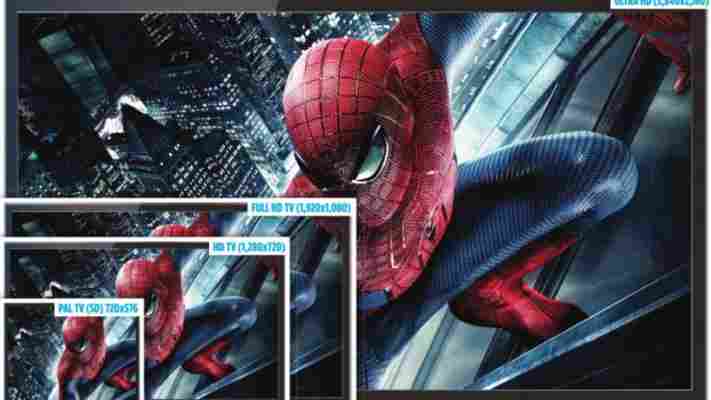September 06,2022
DVB-UHDTV standard gets approved, 4K TV on the way
by Jennifer Cameron inEuropean Style
The Digital Video Broadcasting Project has finally ratified provisional specifications for Ultra High Definition TV, paving the way for 4K TV broadcasts here in the UK now that a formal standard has been agreed upon by the 200+ companies and member groups that comprise the alliance.
Following test transmissions by companies including Sky and the BBC, using footage from the World Cup in Brazil to test bandwidth, the approved Phase 1 specification is set to cover 3840×2160 resolution video, with 10 bits per pixel, at up to 60 frames per second, using HEVC compression. Phase 2, which has yet to be discussed, could potentially use higher resolutions and frame rates once bandwidth improvements and more effective compression algorithms have been developed.
HEVC compression is already being used by on-demand streaming service Netflix to deliver 4K content to customers with UHD TVs. It provides double the data compression ratio of the MPEG-4/H.264 codecs currently used for HD broadcasts.
"This new DVB-UHDTV Phase 1 specification not only opens the door to the age of UHDTV delivery but also potentially sets the stage for Phase 2, the next level of UHDTV quality, which will be considered in upcoming DVB work," Phil Laven, chairman of the DVB steering board, said of the announcement .
Although this sounds like great news for anyone that's already bought a 4K TV and is patiently waiting for content, it arrives with a downside; no existing TV tuners will be compatibile with the new standard, even the ones in newer 4K TVs which have HEVC encoding support. You'll either have to buy a brand new TV, or buy a set-top box that supports the standard. Both are expected to start going on sale next year.
The approved specification will now go through to the European Telecommunications Standards Institute (ETSI) for publication as official ETSI standards.

